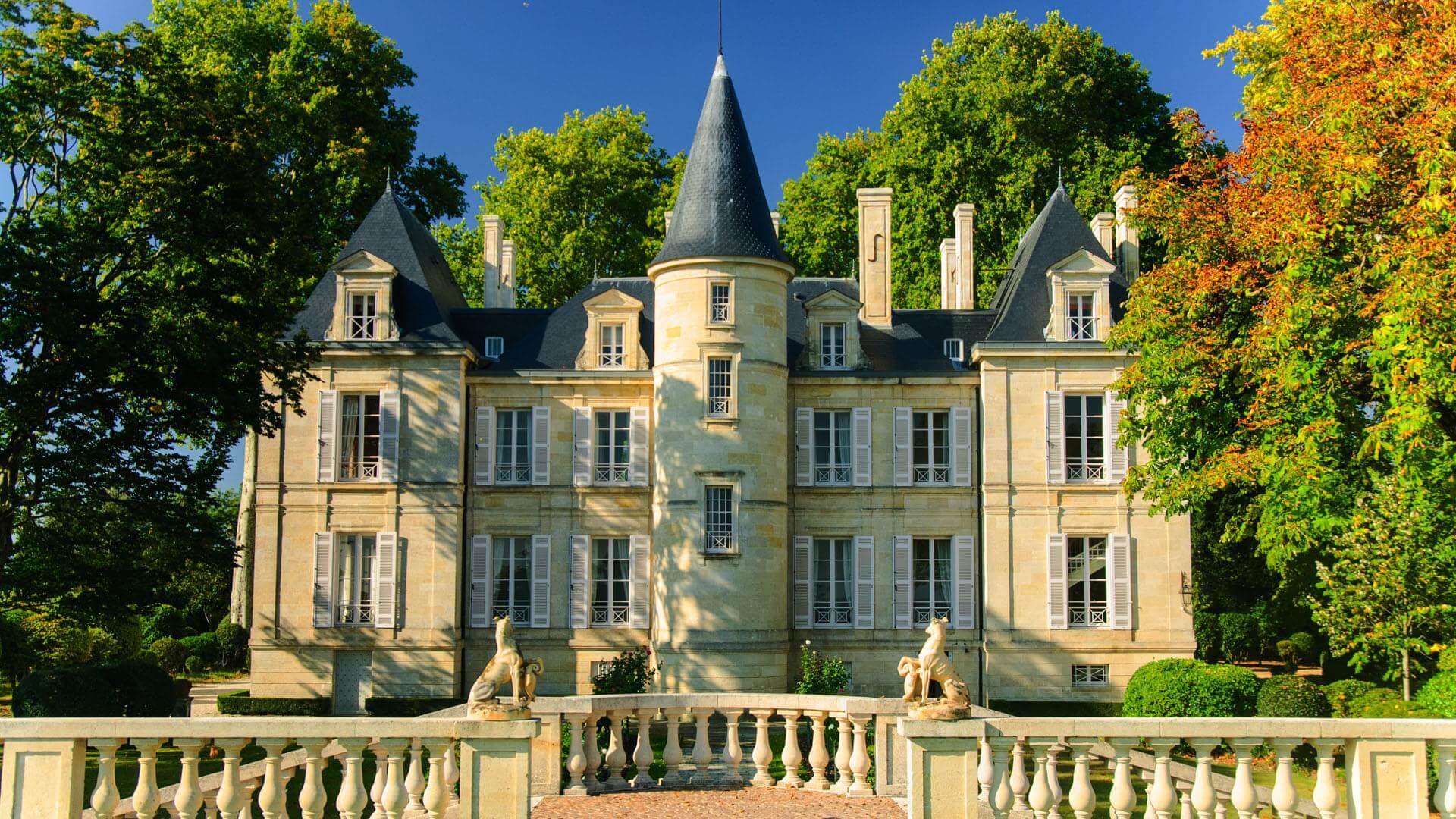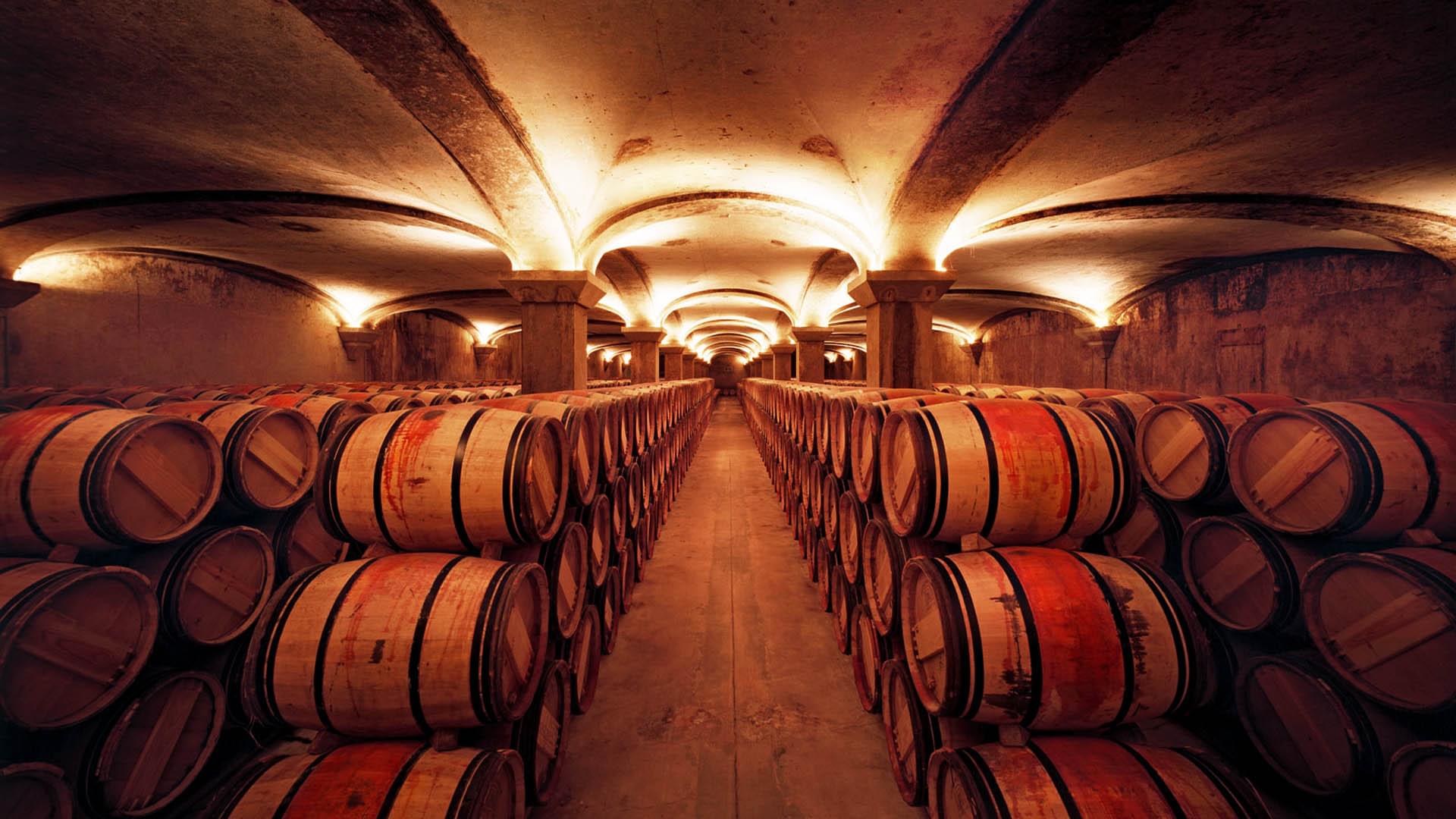Châteaux is not everything
Bordeaux is one of the most famous and the prestigious wine regions in the world. Even people who are not into wine have heard about it. The city itself is often called the world capital of winemaking. Chinese, Americans, Russians, Germans and many other wine lovers chase the best and most expensive specimens. The winemakers seek high grades from the wine critics, prices grow with each passing year, and the wines of this region have long since become a luxury item and a means for investment.
But it wasn’t always this idyllic. Historically this region appeared on the winemaking map of France as one of the very last. Raininess in autumn during harvest, lots of swamps, ever-changing weather – all of it made only the production of the simplest rosé wine possible. That wine was called claret.


One of the most important events in the history of the region happened in the middle of XII century – it was the marriage between Aliénor d’Aquitaine and Henry II Plantagenet who went on to become the King of England. All of Aquitaine’s lands went to the English crown, and the Bordeaux winemaking now had a giant market outlet. The other significant decision was inviting Dutch experts who built drainage channels and dried up the swamps. The quality of wine increased drastically.
All the Bordeaux wines are divided into two camps: the right bank and the left bank. Between them lies a big interfluve area called Entre-Deux-Mers. The left bank – gravel and limestone – is where Cabernet Sauvignon rules. The right one – clay, sandy stone and limestone – is the kingdom of Merlot and Cabernet Franc. A bit lower lie the golden lands of Bordeaux: Sauternes and Barsac. Early morning mist, noble rot or Botritis cinerea, the grape varieties Sémillon and Sauvignon blanc. And, of course, the most famous domain of this area – Château d’Yquem.
The vineyards in Bordeaux occupy an area of over 110,000 hectares. That’s three times the size of the total vineyard area in Burgundy. The classification is based on the level of châteaux, and not the terroir, like in the other regions of France. The most important areas of the left bank are Médoc (with its appellations Saint-Estèphe, Pauillac, Saint-Julien and Margaux), Graves and Pessac-Léognan. Every regions uses its own complex classification. To make sense of it all you’d need to taste hundreds of wines and spend a lot of your time and effort.
But there are many, many mediocre wines in Bordeaux. The winemakers, using the fame and prestige of the region often put wines of very poor quality on the market. Here the wine critics are more influential than anywhere else, along with famous oenologists and modern technologies. Oenologists try to conform to the critics’ tastes and create the wines they would like. At the end of spring the whole world stops still, and the prestigious Châteaux won’t announce the prices for the new vintage until their wines have been tasted and graded accordingly. And if the oenologists did everything right, then the domain owners are satisfied – their wines are selling well and growing in price.
We don’t like this. This region has forgotten what the wine is made for. The main goal here is prestige and money. There’s no wine we would like to tell you about. That’s why you won’t often encounter the Bordeaux wines in our project, except for the comparative testings or research purposes. We don’t recommend those wines, but the choice always remains yours.
Articles
True Wine and French Fries
This article hasn't been translated yet. But we're working on it.


0 Comments